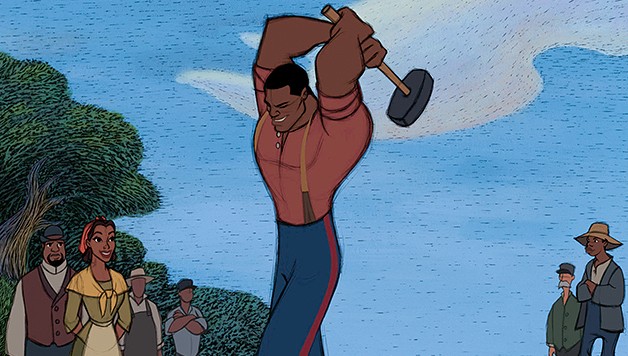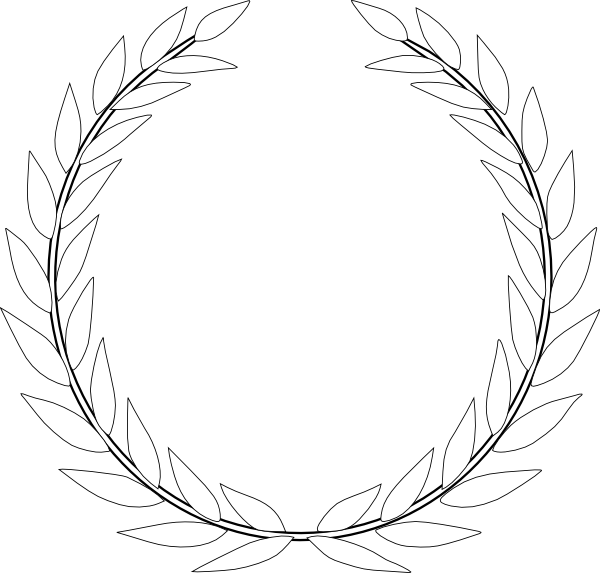
Summary
According to the French historian and film theorist Marc Ferro, Cinema is simultaneously an ‘agent, product and a source of History’. By using this statement, he assumes that the film must be considered as a cinematic artifact, a reflection of a particular society at a given moment and an historical object that interacts with its audience.
Film scholars like Donald Bogle or Thomas Cripps agreed with Ferro and theorized the racial stereotypes played by African-American actors during the 20th century. A majority of these stereotypes —the Coon, Mammy…— are deeply rooted in American collective memory as they were born during the U.S. slavery era (1619-1865). While the representation of ‘Blackness’ in live action movies has been largely discussed through a great variety of academic works, animation has not received as much attention. Even so, many animated films influenced collective memory.
In this presentation, I argue that the animated American depictions of slavery echoed a political context and were usually conceived as a re-enactment of the historical facts regarding the ‘Peculiar Institution’. Using the wide range of visual characteristics proper to the multilayered medium such as the influence of racial caricatures or a stubborn common heritage shared with Blackface minstrelsy / scenic performances, animated films rallied outrageous considerations toward African Americans. I emphasize that those negative images were a part of a visually, culturally and historically complex ‘othering’ process.


